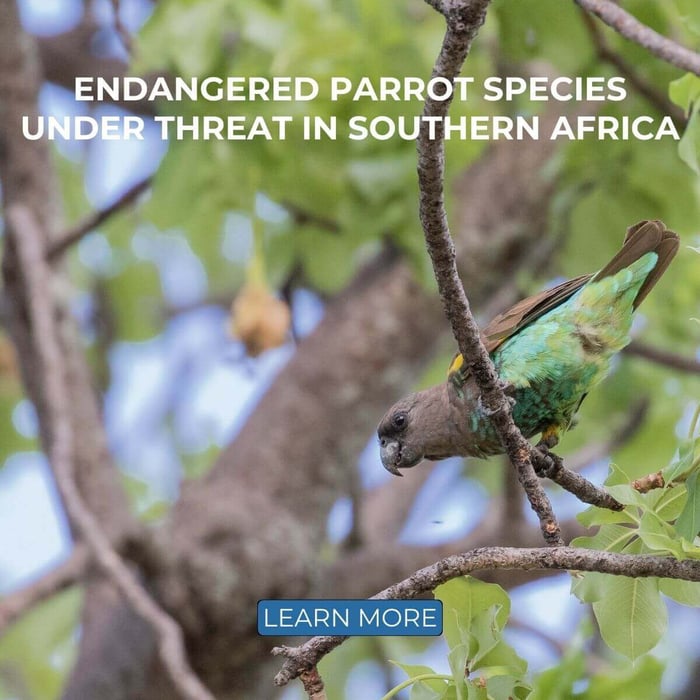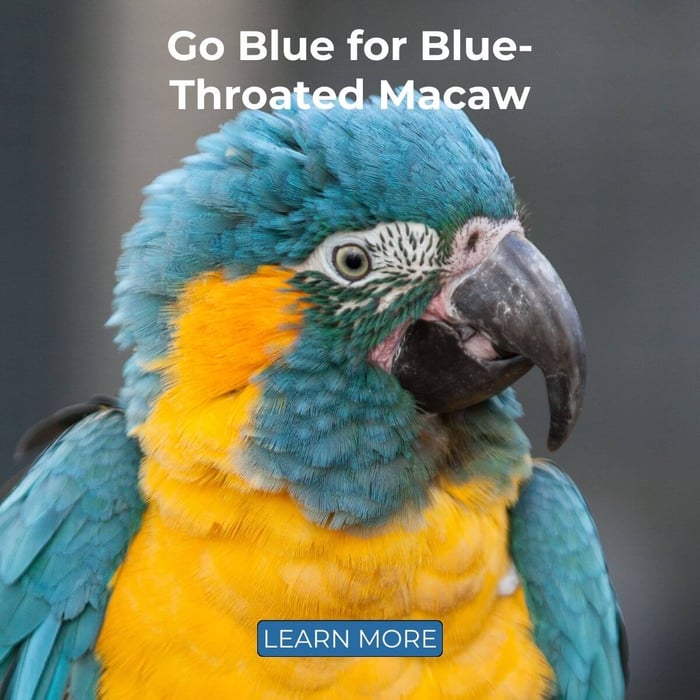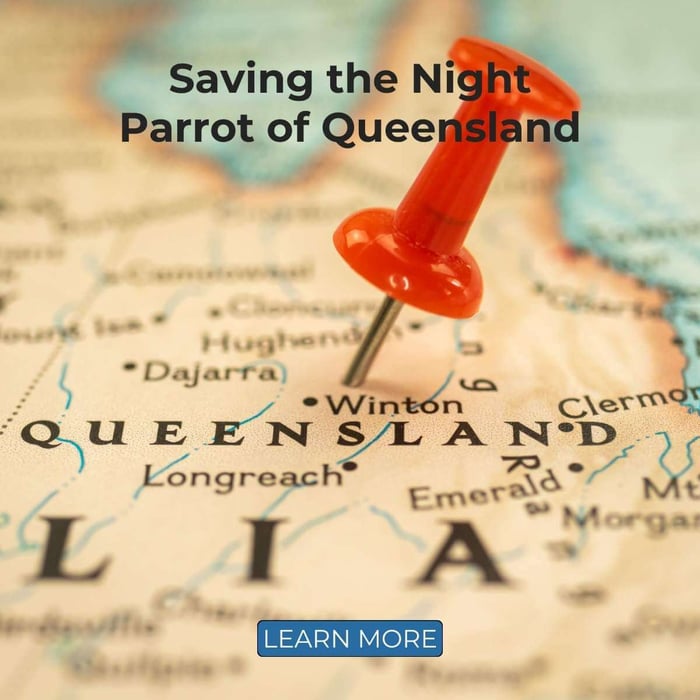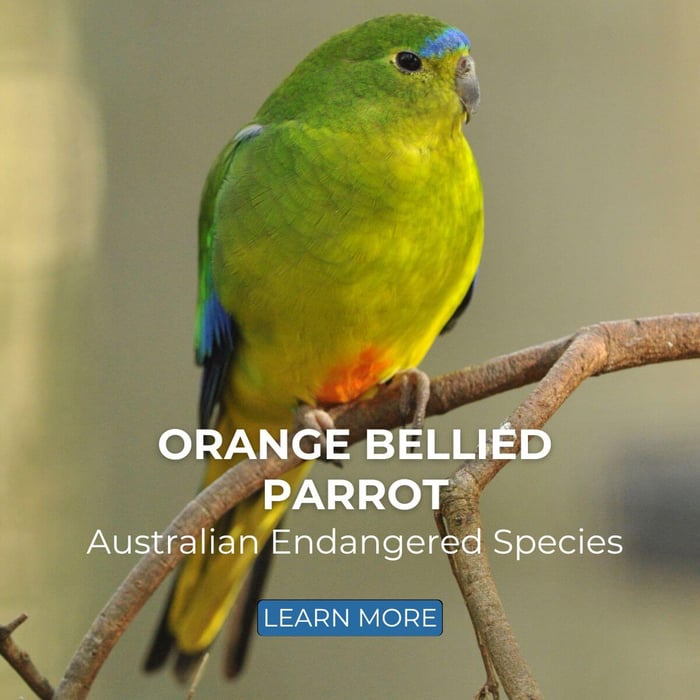Southern African Parrot Species Threatened by Legal Trade
In recent years, Southern African parrot species have faced significant threats due to the legal animal trade. Despite conservation efforts, these birds are increasingly endangered, with legal trade contributing to their decline alongside other challenges such as habitat loss and climate change. The situation for these African parrot species is dire, and the need for comprehensive conservation strategies has never been more urgent.
Between 2005 and 2014, approximately 18,000 protected species of wild plants and animals worth $340 million were sold legally in Southern Africa. Among these, live parrots topped the export list. In 2005, the trade in wild birds stood at 50,000, but by 2014, this number had surged to over 300,000, highlighting a dramatic increase in the demand for these birds as pets. This exponential growth in the trade of wild birds, particularly parrots, reflects the increasing pressure on these species.
Key African Parrot Species Affected
Southern Africa is home to 18 native parrot species, half of which have declining populations, and three are globally threatened. The African Grey Parrot, classified as vulnerable by the International Union for Conservation of Nature (IUCN), is the primary species affected by this trade. This species is highly sought after as a pet in the United States, Europe, and Western Asia, which has led to significant population declines.
The African Grey Parrot is renowned for its intelligence and ability to mimic human speech, making it a popular choice among pet owners. However, this popularity comes at a cost. Rowan Martin, the director of the Africa conservation program at the World Parrot Trust, expressed deep concern over the trade in wild-sourced grey parrots. He noted that the demand for pet grey parrots is fueled by both legal and illegal trade, with uninformed buyers often opting for wild-caught birds due to their lower cost. This situation is exacerbated by the misrepresentation of wild-caught parrots as captive-bred, further complicating conservation efforts.
Impact of Legal Trade on African Parrot Species

The legal trade in parrots, particularly African Grey Parrots, has several negative impacts. It stimulates the demand for these birds, leading to increased poaching and illegal trade under the guise of legal operations. Despite regulations, there is often insufficient monitoring to ensure sustainable harvest levels and current quotas are not based on robust data. This lack of oversight results in the continued exploitation of wild populations, which are already under threat from other factors such as habitat loss and disease.
Social media has played a dual role in this crisis. While it provides a platform for illegal traders to advertise and sell wild-caught parrots, it also offers insights into trade routes and activities, which can help authorities combat illegal trade. However, enforcement remains a challenge, and the ease of online transactions often outpaces regulatory efforts. The anonymity and reach of the internet allow traders to bypass traditional monitoring systems, complicating efforts to curb the illegal trade in African parrot species.
Other Threats to African Parrot Populations
Habitat loss and fragmentation pose significant threats to African parrot populations. For instance, the Cape Parrot, another species native to Southern Africa, faces habitat loss due to logging and agricultural expansion. The remaining patches of Mistbelt forests, which are crucial for their survival, are shrinking, and non-indigenous tree species are further threatening these habitats. Additionally, the spread of diseases such as Psittacine Beak and Feather Disease (PBFD) has had devastating effects on parrot populations, particularly during times of environmental stress.
Climate change is another emerging threat, affecting both the availability of food and the suitability of habitats. Changes in temperature and precipitation patterns can alter the ecosystems on which parrots depend, making it more difficult for them to find food and suitable nesting sites. The introduction of invasive species, such as the polyphagous shot hole borer, which kills trees used by parrots, adds another layer of risk to their survival. These invasive species can rapidly alter the composition of parrot habitats, reducing the availability of essential resources and further stressing parrot populations.

Conservation Efforts for African Parrot Species
Conservationists and policymakers are working to address these threats through various initiatives. The Cape Parrot Working Group, for example, organizes annual bird counts to monitor population trends and raise awareness about the species' plight. Additionally, experts have developed action plans to guide conservation efforts, incorporating new research and strategies to protect these birds effectively.
To curb the legal and illegal trade of parrots, stricter regulations and better enforcement are crucial. This includes more rigorous monitoring of trade activities, improved data collection to inform quotas, and public education to reduce demand for wild-caught birds. Collaboration between technology companies, airlines, and conservation organizations can also play a vital role in disrupting illegal trade networks. By improving data sharing and enhancing coordination between different stakeholders, it is possible to develop more effective strategies to combat the trade in African parrot species.
Public awareness campaigns are essential in reducing the demand for wild-caught parrots. Many people are unaware of the impact their purchases have on wild populations and the environment. Educating potential buyers about the ecological and ethical implications of owning wild-caught parrots can shift consumer preferences towards captive-bred birds, thereby reducing the pressure on wild populations.
The Role of International Collaboration
International collaboration is also key to the success of conservation efforts. The Convention on International Trade in Endangered Species of Wild Fauna and Flora (CITES) plays a crucial role in regulating the trade of endangered species, including African parrots. Strengthening the implementation of CITES regulations and ensuring that all member countries comply with these rules can help mitigate the impact of legal trade on African parrot species.
Moreover, transnational cooperation between law enforcement agencies is vital in tackling the illegal trade of parrots. By sharing intelligence and coordinating operations, countries can more effectively dismantle trafficking networks and bring perpetrators to justice. International funding and technical support can also enhance the capacity of local authorities to monitor and protect parrot habitats.
Conclusion
In conclusion, the legal trade in parrots poses a significant threat to Southern African parrot species. While efforts are underway to mitigate these impacts, continued vigilance and coordinated actions are essential to ensure the survival of these magnificent birds in the wild. Addressing the threats faced by African parrot species requires a multifaceted approach that includes stricter regulations, enhanced enforcement, public education, and international collaboration. Only through sustained and comprehensive efforts can we hope to secure a future for these iconic birds and preserve the biodiversity of Southern Africa.
The plight of African parrot species serves as a stark reminder of the broader challenges faced by wildlife in the face of human activity. By prioritizing conservation and fostering a greater appreciation for the natural world, we can create a more sustainable and harmonious relationship with the planet's diverse ecosystems.
Sources: Africa Geographic; Conservation Action Trust




